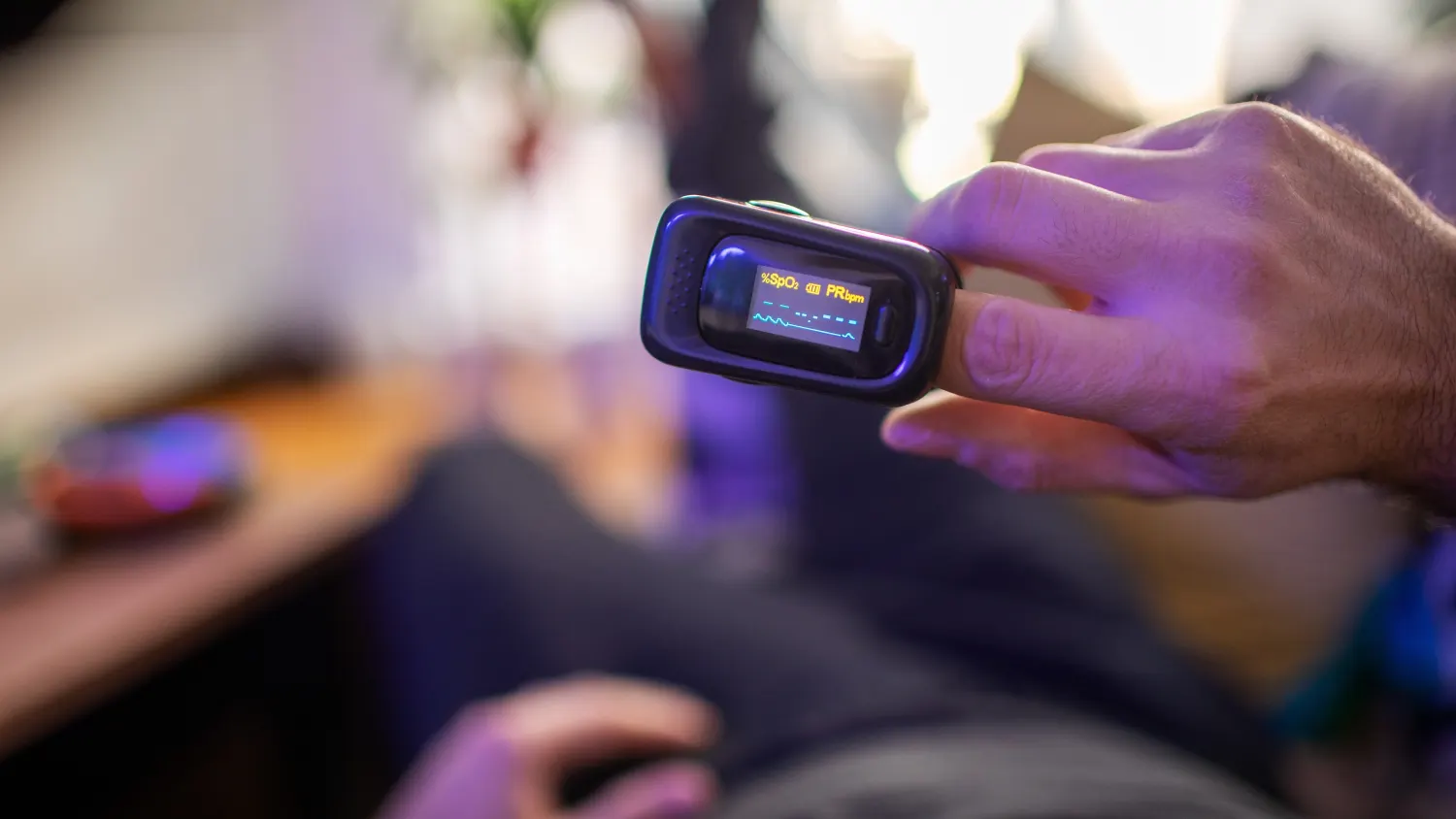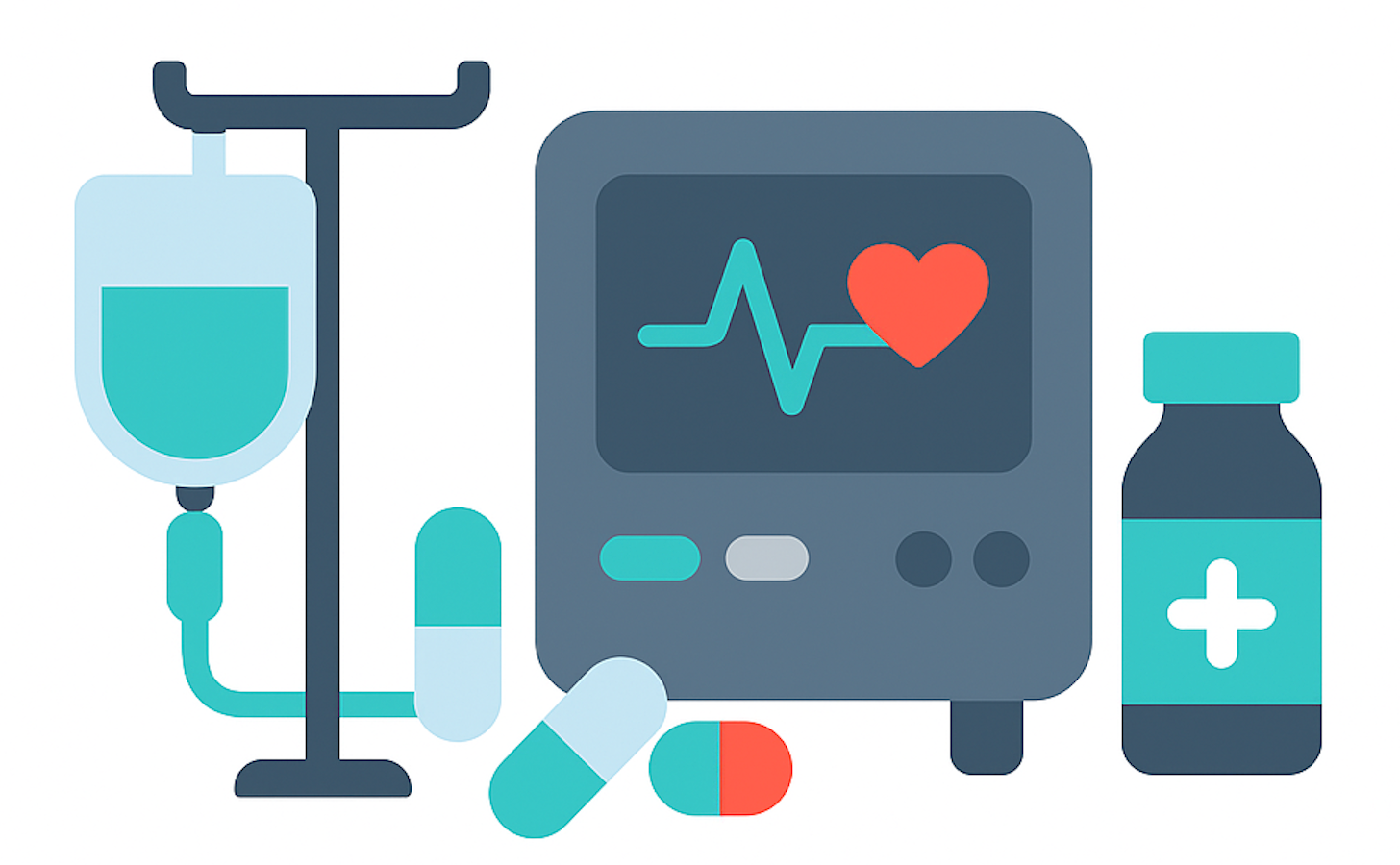Use a Pulse Oximeter at Home: Why and How
Introduction
A pulse oximeter is a small, non-invasive device that measures the oxygen saturation level in your blood and your heart rate. Using a pulse oximeter at home can provide valuable insights into your respiratory health, especially in times when monitoring oxygen levels is crucial, such as during respiratory illnesses or for chronic conditions like COPD or asthma. This article will explain why you should use a pulse oximeter at home, how it works, and how to use it correctly.
What is a Pulse Oximeter?
- Definition:
- A pulse oximeter is a medical device that measures the oxygen saturation (SpO2) level in your blood and your pulse rate.
- It is a small, clip-like device that attaches to a body part, typically a finger.
- How It Works:
- The device uses light sensors to measure the amount of oxygen in your blood.
- It emits light through your finger, and the sensors detect the amount of light that passes through your blood, calculating your oxygen saturation and pulse rate.
Benefits of Using a Pulse Oximeter at Home
- Monitor Respiratory Health:
- Provides real-time information about your blood oxygen levels and heart rate.
- Helps detect early signs of respiratory issues, allowing for prompt medical intervention.
- Manage Chronic Conditions:
- Useful for individuals with chronic respiratory conditions such as COPD, asthma, or heart disease.
- Helps in managing and monitoring these conditions effectively at home.
- Post-Surgery Monitoring:
- Essential for monitoring oxygen levels during recovery from surgery, especially surgeries involving the heart or lungs.
- Ensures that oxygen levels remain stable during the recovery period.
- During Respiratory Illnesses:
- Vital for monitoring oxygen levels in illnesses like COVID-19, pneumonia, or influenza.
- Helps in detecting hypoxemia (low blood oxygen levels) early, which can be critical for timely medical intervention.
- Peace of Mind:
- Provides reassurance by regularly monitoring vital signs.
- Reduces anxiety by offering quick and reliable health data at home.
How to Use a Pulse Oximeter
- Preparation:
- Ensure your hands are warm, relaxed, and below heart level.
- Remove any nail polish or artificial nails, as they can interfere with the reading.
- Using the Device:
- Turn on the pulse oximeter.
- Place the device on your fingertip (index, middle, or ring finger). It can also be used on the earlobe or toe if needed.
- Keep the device in place until the reading stabilizes. This usually takes a few seconds.
- Reading the Results:
- The screen will display your oxygen saturation level (SpO2) and pulse rate.
- Normal SpO2 levels typically range from 95% to 100%. Levels below 90% may indicate hypoxemia and require medical attention.
- Normal resting pulse rate for adults ranges from 60 to 100 beats per minute.
- Recording the Data:
- Keep a log of your readings, noting the date, time, and any relevant symptoms or activities.
- Share this log with your healthcare provider during check-ups or consultations.
- Interpreting the Results:
- Consistently low oxygen levels or significant changes in readings should be discussed with a healthcare provider.
- Immediate medical attention is necessary if oxygen levels drop below 90%, especially if accompanied by symptoms like shortness of breath, chest pain, or confusion.
Tips for Accurate Readings
- Avoid Movement:
- Sit still and avoid moving the hand with the pulse oximeter to get an accurate reading.
- Proper Placement:
- Ensure the device is properly placed on the fingertip and not too loose or tight.
- Environmental Factors:
- Use the device in a well-lit area. Very bright or dim lighting can affect the accuracy.
- Check Battery Levels:
- Ensure the pulse oximeter has sufficient battery power for accurate readings.
Choosing the Right Pulse Oximeter
- Features to Look For:
- Accuracy and Reliability: Look for FDA-approved or CE-marked devices.
- Display: A clear, easy-to-read display that shows both SpO2 and pulse rate.
- Battery Life: Long battery life or rechargeable options.
- Portability: Compact and lightweight for ease of use and travel.
- Popular Brands:
- Some reliable brands include Zacurate, iHealth, Masimo, and Wellue.
Conclusion
Using a pulse oximeter at home can be a valuable tool for monitoring your respiratory health and managing chronic conditions. It provides quick and reliable measurements of your oxygen saturation and pulse rate, helping detect potential health issues early. Whether you are recovering from surgery, managing a respiratory condition, or simply seeking peace of mind, a pulse oximeter offers an easy and effective way to keep track of your health. Invest in a reliable pulse oximeter and take a proactive step towards better health management and well-being.



